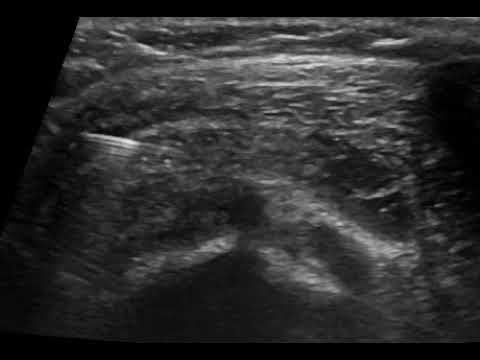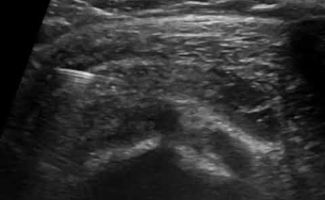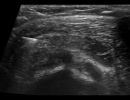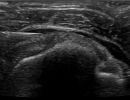What are bursae?
Bursae are small sacs near joints and tendons that contain fluid. They help reduce friction between bones, tendons, and muscles, promoting smooth joint movement. When a bursa becomes irritated or inflamed, it can lead to pain and limited mobility.
When is it advisable to have an injection into a bursa?
Ultrasound-guided corticosteroid injections into bursae are suitable for cases of bursitis, such as subacromial-subdeltoid bursitis. This condition is characterized by the accumulation of fluid and inflammatory elements within the bursa. Subacromial-subdeltoid bursitis can be caused by:
- Tendonitis
- Tendon tear
- Subacromial impingement syndrome
The corticosteroid injection into the bursa is performed after the administration of local anesthesia and effectively addresses symptoms quickly and efficiently.
What are the advantages of ultrasound-guided bursa injections?
Ultrasound guidance ensures the correct and safe placement of corticosteroids within the bursa, avoiding the potential risk of injecting into the tendon, which could cause damage.
In combination with the anti-inflammatory action of corticosteroids, ultrasound guidance allows for the hydrodilatation of the bursa before the corticosteroid injection. Hydrodilatation involves the injection of normal saline and local anesthesia to neutralize adhesions within the bursa.
The benefits of ultrasound guidance in bursa injections include precise targeting, enhanced safety, and hydrodilatation which improves therapeutic outcome.









